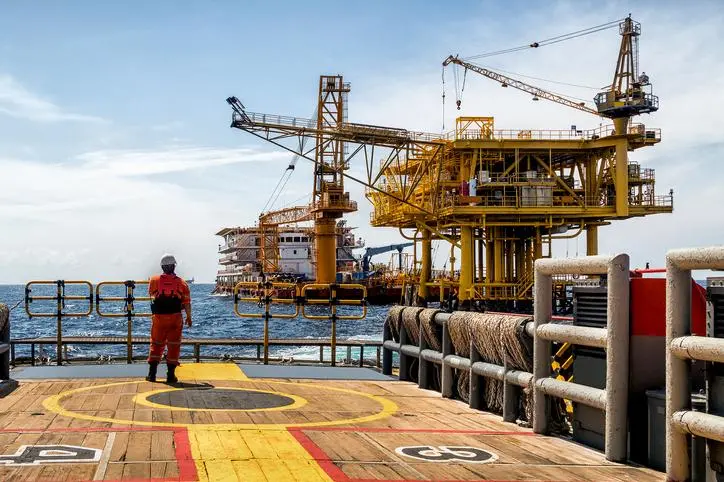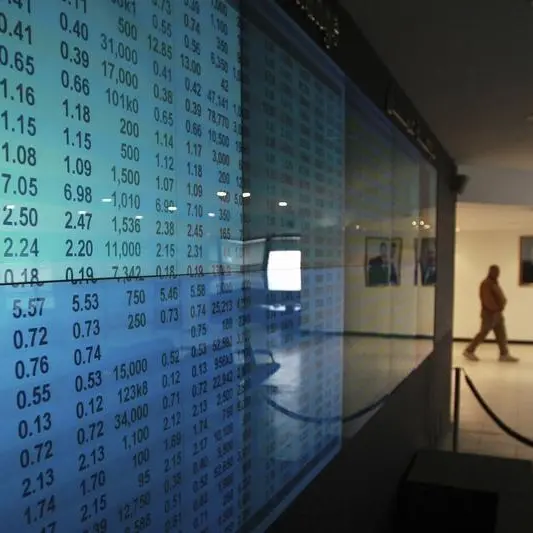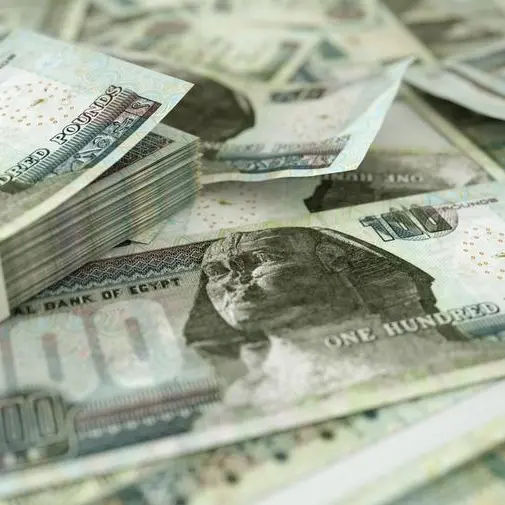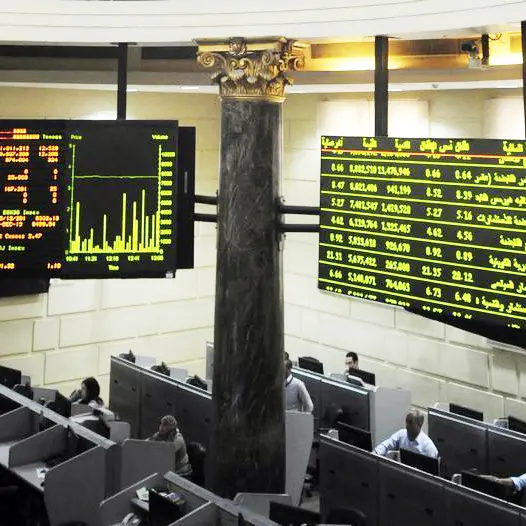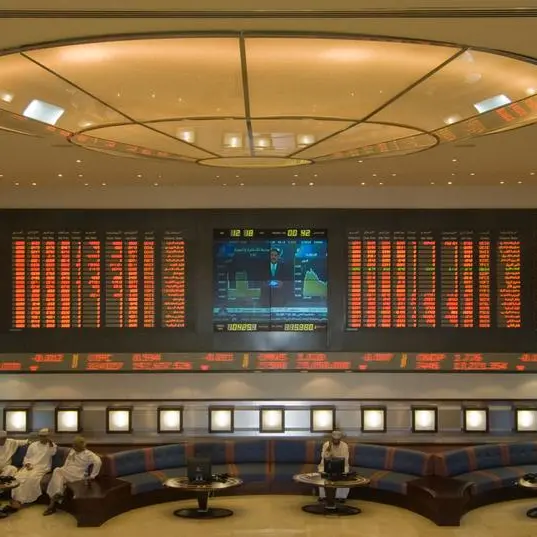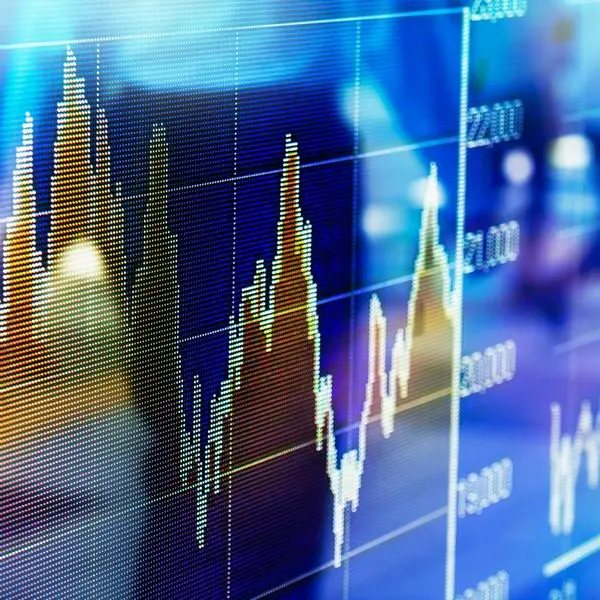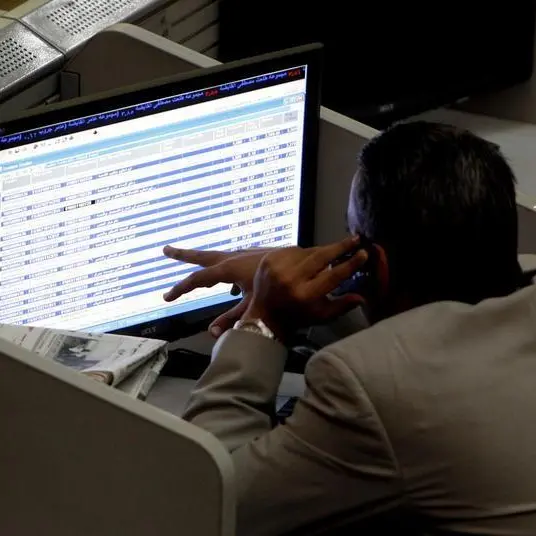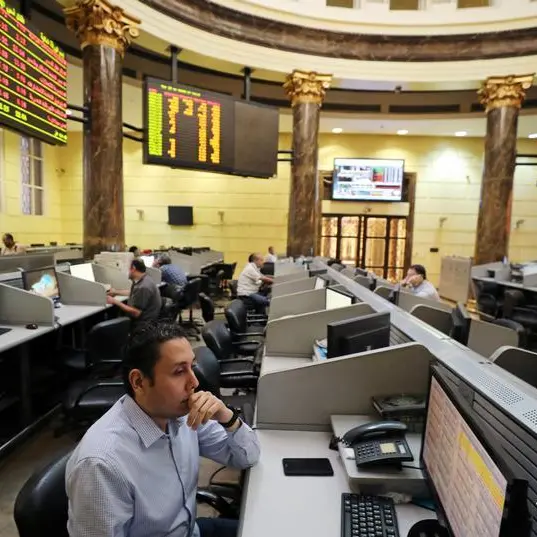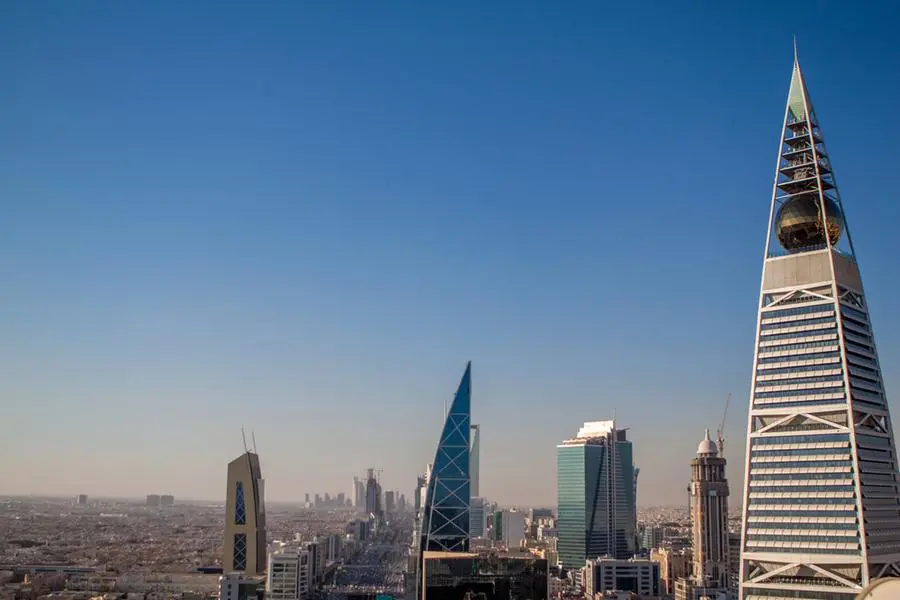PHOTO
Worker on an offshore oil platform. Image used for illustrative purpose.
- Trump said he had a "long and very good call" with Chinese President
- Oil prices higher on the last trading day of the year
- Asian stocks creep higher, as 2018 ended a rough year-end for equities
- Saudi Arabia's stock market region's only bright spot
- Dollar traded narrowly against its peers
- Gold ending the year on a high note
Hints of progress on a possible United States-China trade deal helped bolster sentiment in Asian markets on Monday, which has been battered by concerns over a weaker global economic outlook recently. Both oil prices and Asian stocks rallied as investors look to mark the end of 2018 on a high.
Oil
Prices edged higher on the last trading day of the year on Monday, taking a cue from firmer stock markets, but remain on track for the first yearly decline in three years amid concerns of a supply glut.
Brent crude futures - the international benchmark for oil prices - rose 17 cents, or 0.3 percent, to $53.38 a barrel by 0115 GMT. Brent has shed about 20 percent in 2018 following two years of successive growth.
U.S. West Texas Intermediate (WTI) crude futures were at $45.52 a barrel, up 19 cents, or 0.4 percent, from their last close. WTI is down nearly 25 percent this year.
Crude prices had been closely tracking equity markets during volatile trading for both asset classes last week.
"Investors are looking for bargains in an illiquid market (today)... If Trump gets over trade issues with China expect economic demand to surge," Jonathan Barratt, chief investment officer at Probis Securities in Sydney, told Reuters.
"Also, drivers on Iran with waivers ending in May are still not been put to bed. Hence, it could get ugly at any time and I expect this is a diversion for Trump when needed," Barratt added.
Imports of Iranian crude oil by major buyers in Asia hit their lowest in more than five years in November as U.S. sanctions on Iran's oil exports took effect last month.
Global markets
U.S. President Donald Trump said via Twitter on Saturday that he had a "long and very good call" with Chinese President Xi Jinping and that a possible trade deal between the U.S. and China was progressing well.
Asian stocks crept higher on Monday as a result, as the prospect of progress in talks between Washington and Beijing provided a rare glimmer of optimism in what has been a rough year-end for equities globally.
Chinese state media were more reserved in their analysis of the talks, saying Xi hoped the negotiating teams could meet each other halfway and reach an agreement that was mutually beneficial.
The Wall Street Journal reported the White House was pressing China for more details of on how it might boost U.S. exports and loosen regulations that stifle U.S. firms there.
MSCI’s broadest index of Asia-Pacific shares outside Japan gained 0.2 percent, but was still down 16 percent for the year. Japan's Nikkei .N225 was closed for a holiday having ended the year with a loss of 12 percent.
Across the region, the worst performer of the year was the index of Chinese blue chips .CSI300m which lost a quarter of its value over the course of 2018. The only major market in the black for the year was India, where the BSE .BSESN was ahead by almost 6 percent.
The story was much the same across the globe, with the vast majority of the major stock indices in the red.
“Simply looking at the markets would suggest that the global economy is headed into recession,” said Robert Michele, chief investment officer and head of fixed income at J.P. Morgan Asset Management, told Reuters.
“However, while we agree the global economy is in a growth slowdown, we don’t see an impending recession,” he added, in part because the Federal Reserve could provide a policy cushion.
Middle East markets
Saudi Arabia's stock market was the only bright spot in a sluggish Middle East on Sunday as most bourses moved sideways in trade thinned by the absence of some investors for year-end holidays.
The Saudi market has been dampened in the last few months by falling oil prices and geopolitical worries linked to the killing of journalist Jamal Khashoggi.
However, many fund managers expect a rally in the new year in anticipation of some $15 billion of passive funds that are due to enter the bourse when it joins emerging market indices.
Riyadh will join FTSE Russell's index in stages between March and December 2019, while it will join MSCI's index in phases coinciding with index reviews in May and August.
Saudi blue-chip banks and petrochemical firms that are likely to be bought by the passive funds were strong on Sunday. The stock index climbed 0.8 percent as Saudi Basic Industries, for example, rose 1.2 percent.
However trading volume in the market was at its lowest since April 2014, according to Refinitiv data, and the lack of liquidity may have magnified rises in some stocks.
Saudi Advanced Industries surged 4.8 percent after its board proposed a nine-month cash dividend of 0.25 riyals ($0.0667) per share.
Dubai's index was almost flat. Union Properties, which in recent days has been rebounding from five-year lows, added a further 1.2 percent and was the most heavily traded stock.
Gulf Finance House, the second-most heavily traded, soared 9.2 percent. The company said the Islamic International Rating Agency had reaffirmed its international ratings with a stable outlook, and that it would work towards achieving profitable exits from investments to benefit shareholders.
In Qatar, the index was also almost flat, although Widam Food added 3.4 percent to close at 69 Qatari riyals ($18.95) in unusually heavy trade, rising above technical resistance at the early December peaks of 68.50 riyals.
Egypt's index fell 0.3 percent, although Orascom Investments rose 2.1 percent as it released a statement clarifying its exemption from international restrictions on foreign investment in North Korea.
Elsewhere, movement was minor, with Abu Dhabi edging down 0.2 percent, Kuwait falling 0.04 percent, Bahrain rising by 0.8 percent and Oman slipping 0.1 percent.
Currencies and gold
The dollar traded narrowly against its peers on Monday, as risk sentiment remained fragile over heightened concerns of slowing global growth and a partial U.S. government shutdown.
The dollar index, a gauge of its value versus six major peers, was marginally lower, fetching 96.35 in early Asian trade.
The U.S. currency has been hurt in recent weeks by rising expectations that the Federal Reserve will pause its tightening cycle sooner than expected, or potentially harm the U.S. economy with further interest rate increases. Falling U.S. bond yields have also dampened investor sentiment towards the dollar in recent weeks.
Despite the recent pressure on the greenback, the dollar index has gained 4.6 percent this year. This has primarily been due to a robust American economy, falling unemployment numbers and rising wage pressures. These economic fundamentals allowed the Federal Reserve to raise interest rates four times in 2018, with analysts now expecting possibly another 1-2 hikes if economic momentum does not falter.
The Australian dollar gained 0.1 percent to $0.7049. The fortunes of the Australian economy are closely tied to China, its largest trading partner.
"High beta and emerging market currencies will likely outperform if we get a trade agreement. Given the improving risk sentiment following the trade deal and some underlying weakness in the U.S. economy, I would consider positive trade developments as negative for the dollar," Sim Moh Siong, currency strategist at Bank of Singapore, told Reuters.
"So far signals are positive...we could see some form of an agreement by February," Sim said, adding that given the pressures from the stock market he expected Trump to move forward towards a truce.
The yen was changing hands at 110.34 per dollar, a touch lower versus the greenback. The safe-haven yen has strengthened by 2.8 percent versus the dollar in the last two weeks of the year as investors sought its safety due to growing concerns of slowing economic growth, U.S.-Sino trade tensions and highly volatile moves in global equities.
The yen gained despite soft Japanese data and a decline in benchmark Japanese bond yields, which fell back into negative territory for the first time in more than a year, indicating the high level of risk aversion underscoring the financial markets in December.
The Swiss franc, another safe haven, traded steady at 0.9848. The franc has gained versus the dollar for two straight weeks due to risk-off positioning in the currency markets.
The euro quoted at $1.1440, trading flat versus the dollar. Although the single currency has gained versus the greenback in recent weeks, economic growth and inflation in Europe remain much weaker than the European Central Bank's expectations. The euro is set to lose around 4.5 percent versus the dollar in 2018.
Elsewhere, sterling, which has been battered this year due to Brexit woes, was fetching $1.2700. The pound has lost 6 percent of its value versus the dollar this year.
Gold was ending the year on a high note after rallying almost 5 percent in the past month to stand at $1,279.06 an ounce.
(Compiled by Shane McGinley; Editing by Michael Fahy)
(shane.mcginley@refinitiv.com)
Our Standards: The Thomson Reuters Trust Principles
Disclaimer: This article is provided for informational purposes only. The content does not provide tax, legal or investment advice or opinion regarding the suitability, value or profitability of any particular security, portfolio or investment strategy. Read our full disclaimer policy here.
© ZAWYA 2018
